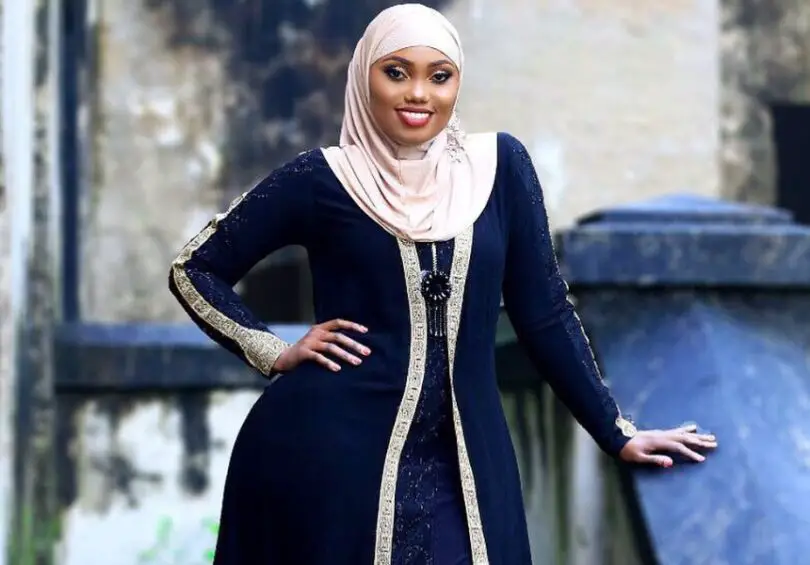Conservatism is a major trait in the Africa. Anything from marriage, beliefs to how you eat and relate with others is nearly cast on stone. Just like in African Muslim-dominated states where dressing is always on sharp focus, the African Swahili dress code is, too.
The Swahili people moved from Shungwaya to the East African coast and intermarried with the Arabs there. This gave birth to the African-Arabian roots in Tanzania and Kenyan coastal cities of Lamu and Mombasa.
From the north coast of Kenya to Dar es Salaam, a small sliver of coastal territory has been inhabited by Waswahili (the capital of Tanzania). They also live on a number of adjacent islands in the Indian Ocean, including as Zanzibar, Lamu, and Pate.
Touring these areas gives you an appreciation of the Swahili dress code in the Kenyan coast, Zanzibar, and Dar es Salaam.
Table of Contents
What Do People in Swahili Wear?
Swahili fashion is decent and carries a lot of respect with it. Over the years though, things have changed a little bit with new trends emerging but they maintain the essence of respect.
Modern styles are always on display at the annual Swahili Fashion Week in Tanzania. Nevertheless, Swahili people don Kanga, kanzu, dera, and bui bui.
Kanga

Swahili dress code. Rhe Kanga. Photo by Pinterest
In Tanzania, for example, the “kanga” is a common outfit. It is a rectangle of pure cotton fabric with a border around it printed with striking patterns and vibrant colours. The bottom is imprinted a Swahili proverb or slogan to make it complete.
The fabric covers the head all the way down to the feet. It is a dress covered in intriguing intricacies that enables you to grasp a people’s customs and traditions. Tanzanian culture attaches a lot of importance to the kanga, and women serve as its ambassadors. Following its introduction, this clothing became common among women in East Africa in the 19th century.
Bui Bui

Swahili women donning Bui Bui. Photo by Pinterest
Swahili and Muslim women use this piece of black fabric as a dress-shawl. It is clear from religious teachings that a bui bui should be simple, without decorations, and not too tight on the body.
However, astute designers and businessmen take advantage of fashion trends to increase their bottom lines. They are designing fitting bui bui for the younger generation while the older folks make do with the loosely fitting ones.
Nonetheless, they remain a huge part of the Swahili dress code.
Dera
It comes from the coastal regions of East Africa and is highly prized by Kenyan ladies. It feels incredibly silky, flowing, and cooling to wear. Dera comes from cotton fabric and it is a favourite among many people because it is free size and can be worn by both petite and big size women.
The beauty about it is that some women prefer having it on with nothing underneath when temperatures are too high.
What do Swahili Men Wear?
Kanzu

Kanzu for men. Photo by The Dance Factory Kenya
Men are not left behind when it comes to the Swahili dress code. Kanzu sometimes accompanied by a blazer/jacket worn on top. The look is never complete without the signature ‘Swahili Kofia’ (Swahili cap).
Some men have a more distinct and expensive kanzu which is a ceremonial outfit. They share this with Muslim brothers who wear the attire every other day.
Kanga
The kanga cuts across as unis3x but with a different style. Swahili men will wrap it around their waste with a long flowing shirt on and sandals on.
Swahili dress code is simple in every way but very conservative. However, there is some evolution over the past few years to appeal the younger generation. While it poses low threat to culture preservation, it maintains the tenets of tradition.








